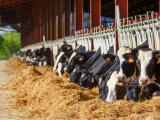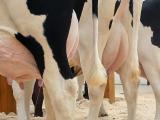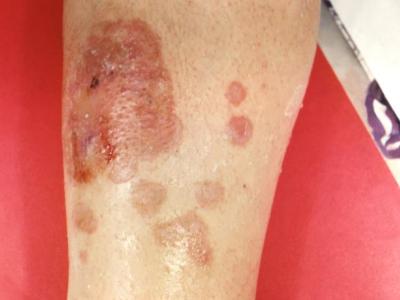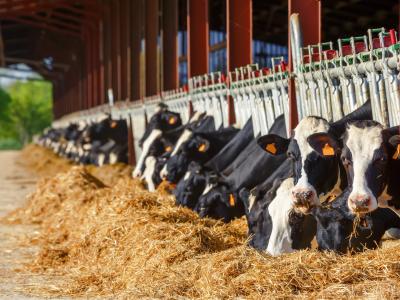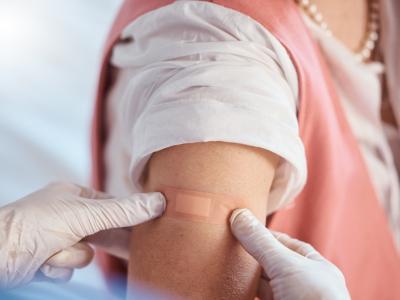May 20, 2013 (CIDRAP News) – China's H7N9 influenza outbreak was one of the high-profile disease topics in the opening address today for the annual World Health Assembly (WHA), as two global health groups issued new assessments of the risk to humans and the poultry trade.
No new human H7N9 cases have been reported in the last several days, keeping the number of infections at 130 on the Chinese mainland, with the death toll staying at 36, Xinhua, China's state news agency, reported today. Citing Chinese health officials, the report said 72 people who were hospitalized with their infections have been discharged.
World Health Organization (WHO) Director-General Margaret Chan, MD, told the group meeting in Geneva today that when the WHA convened a decade ago, the world was grappling with the SARS epidemic, an event that focused attention on the need to share vital information with the international health community and led to important revisions of the International Health Regulations.
The WHA, held each year in Geneva, is the decision-making arm of the WHO. About 3,000 participants are on hand to decide on issues such as disease prevention, monitoring of health improvement markers, polio eradication, and the WHO's budget.
Chan said the world is now juggling two new disease threats, H7N9 and the novel coronavirus, or Middle East respiratory syndrome coronavirus (MERS-CoV). She praised China's quick response and its transparency in sharing clinical investigation and virus information with the global health community. "I thank China for collecting and communicating such a wealth of information, and for collaborating so closely with WHO," she said.
Chan made no comment about how Saudi Arabia and other Middle Eastern countries have handled and communicated about the MERS-CoV outbreak. The countries don't appear to be reporting the cases promptly and have shared little clinical information about infected patients.
"I cannot overemphasize the importance of immediate and fully transparent reporting to WHO, and of strict adherence to your obligations set out in the International Health Regulations," Chan told the group. "As was the case 10 years ago, the current situation demands collaboration and cooperation from the entire world. A threat in one region can quickly become a threat to all."
On May 18 the WHO posted the full report on a joint mission undertaken by the WHO, a group of international influenza experts, and Chinese officials to investigate H7N9 illnesses in China. Officials from China's health ministry hosted the group's visit from Apr 18 through 24, and participants shared their initial assessment in Beijing on the final day of the trip.
The 51-page report detailed epidemiologic findings along with clinical features, virus characteristics, effects on animal health, and China's response strategies.
Exposure to live poultry appears to play a key role in human infections, and though the virus hasn't been detected on poultry farms so far, it's likely that they are the source of the virus, which is probably being amplified within live poultry markets, leading to human infections, the group wrote.
Though the experts said evidence isn't strong enough to prove human-to-human transmission, they concluded that the H7N9 risk to human health is unusually serious, because it can cause severe disease in some people, spread undetected in poultry, has caused more infections in a shorter time than any other known avian influenza virus, and has genetic changes that allow the virus to infect humans more easily than other avian influenza viruses.
Meanwhile, the United Nations Food and Agriculture Organization (FAO) on May 16 released a risk assessment that addresses H7N9 threats in farm and poultry market settings. It said some of the steps it recommends for protecting humans against H7N9 have been useful for reducing the spread of H5N1 avian flu.
The presence of the H7N9 virus in multiple bird markets makes it likely that the virus is circulating on farms or trading yards and live bird markets, according to the 10-page FAO report.
Temporary market closure is an immediate, short-term step that can curb the spread of the virus to poultry and humans and allow the facilities to be cleaned, but the FAO said the measure doesn't necessarily stop trade, which can continue at unregulated sites where the disease is difficult to control and monitor, the FAO said.
Permanent live-market closures could be part of a long-term strategy, but would require coordination among many stakeholders and a regulatory framework, the experts wrote, noting that that action might not halt all live-bird trade.
The report covered several other steps to help reduce the spread of the virus, including, for example, segregating waterfowl from other poultry in market settings and processing poultry in batches to avoid mixing birds from different sources.
Stamping out poultry appears to be the control method of choice when flocks are known to be shedding the virus, especially when a suitable vaccine isn't available, the report said. However, adequate compensation for poultry owners is needed to prevent livelihood disruptions and to limit the marketing of birds through informal channels.
In other developments, China's agriculture ministry said today that the H7N9 virus has been detected at another live poultry market in Guangdong province, according to a separate report from Xinhua. The positive sample was from a chicken, and the result suggests that the virus is similar to one detected in a pigeon in early April. So far no human infections have been reported in Guangdong province.
See also:
May 20 Xinhua report on status of human cases
May 20 Margaret Chan speech
May 18 China-WHO joint mission report
May 16 FAO H7N9 risk mitigation report
May 20 Xinhua story on H7N9 poultry sample



